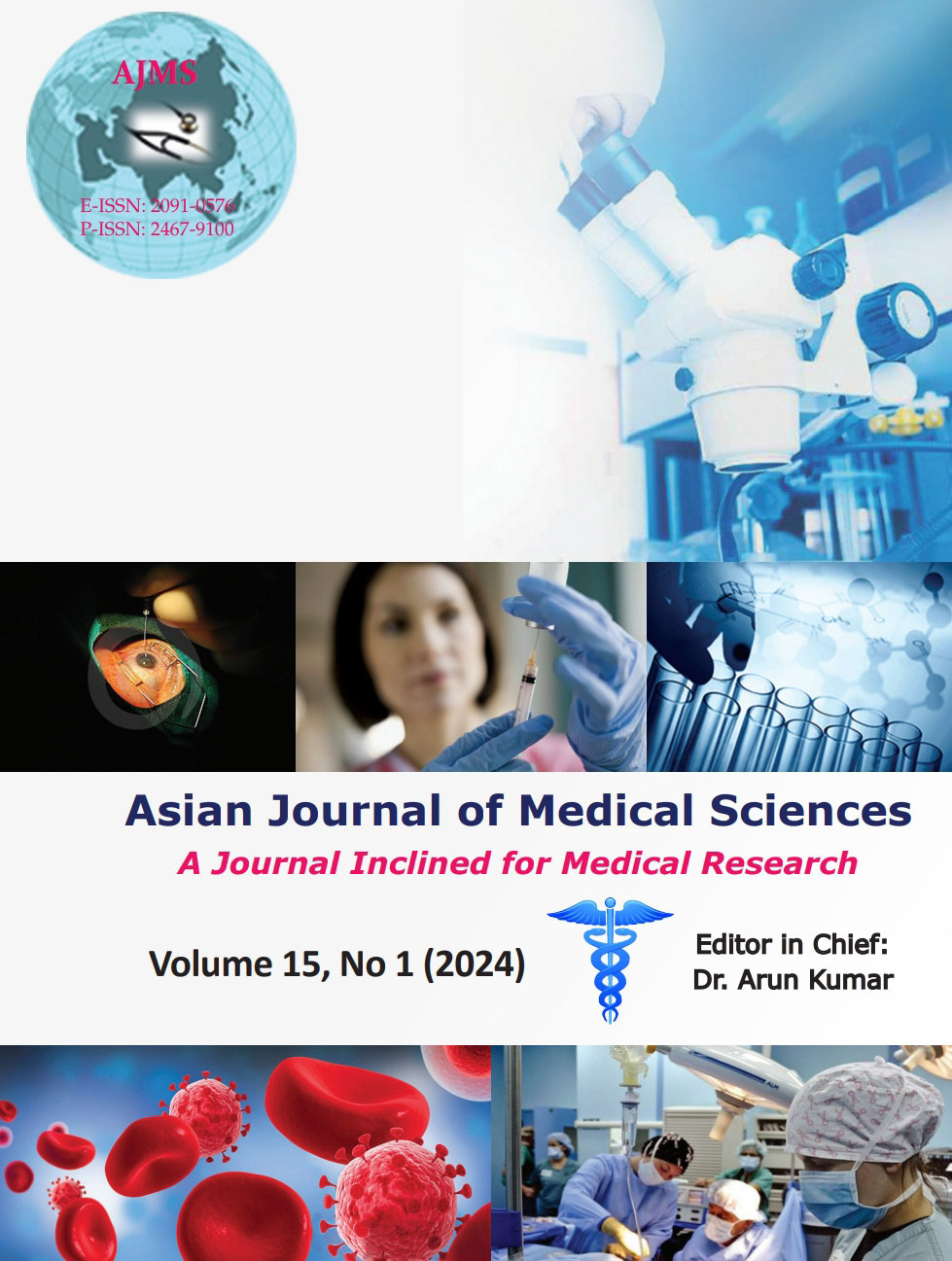Nalbuphine as an adjuvant to bupivacaine in ultrasound-guided brachial plexus blockade: A meta-analysis of randomized and controlled trials
Keywords:
Supraclavicular brachial plexus blockade; Bupivacaine; Nalbuphine; AnalgesiaAbstract
The brachial plexus block is a flexible and reliable regional anesthetic method with a wide range of applications. In this study, we aim to determine whether nalbuphine in combination with the local anesthetic bupivacaine could increase the efficacy and duration of analgesia during ultrasound-guided blockade of the brachial plexus. Seven randomized and controlled trials involving 416 patients were included after searching PubMed, Google, and Web of Science. Results of the studies were then retrieved and effect sizes were calculated using Review Manager 5. Duration of analgesia was significant heterogeneity between studies (P<0.00001, I2=96%). A random-effects model was used, and there was significant heterogeneity between studies in the duration of analgesia. A significant difference was found between groups (standard mean difference [MD] 6.27, confidence interval [CI] [4.40–8.60], P<0.001). Duration of motor block was also significant heterogeneity between studies (P<0.00001, I2=98%). A random-effects model was used, and there was significant heterogeneity between studies in the duration of motor block. A significant difference was found between groups (standard MD 6.27, CI [4.01–8.54], P<0.001). In supraclavicular brachial plexus blockade, the duration of analgesia and the duration of motor blockade can be prolonged using nalbuphine as an adjuvant with bupivacaine.
Downloads
Downloads
Published
How to Cite
Issue
Section
License
Copyright (c) 2023 Asian Journal of Medical Sciences

This work is licensed under a Creative Commons Attribution-NonCommercial 4.0 International License.
Authors who publish with this journal agree to the following terms:
- The journal holds copyright and publishes the work under a Creative Commons CC-BY-NC license that permits use, distribution and reprduction in any medium, provided the original work is properly cited and is not used for commercial purposes. The journal should be recognised as the original publisher of this work.
- Authors are able to enter into separate, additional contractual arrangements for the non-exclusive distribution of the journal's published version of the work (e.g., post it to an institutional repository or publish it in a book), with an acknowledgement of its initial publication in this journal.
- Authors are permitted and encouraged to post their work online (e.g., in institutional repositories or on their website) prior to and during the submission process, as it can lead to productive exchanges, as well as earlier and greater citation of published work (See The Effect of Open Access).




